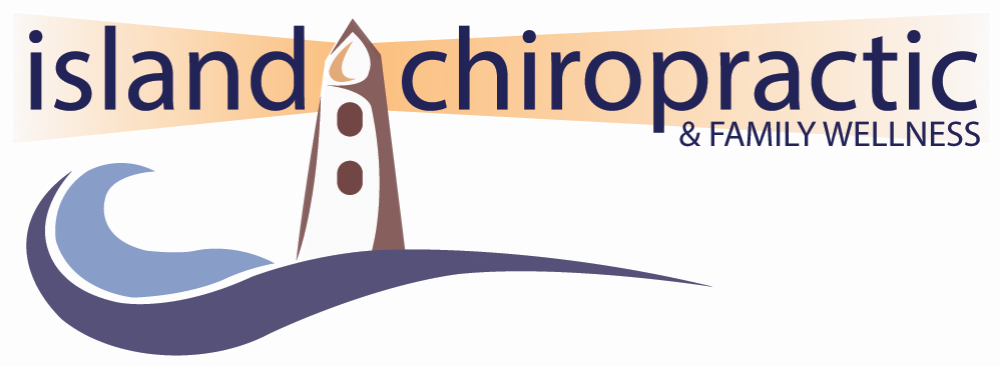Mindfullness and Meditation
This is a how to post. The brief why to is that these simple mindful breathing techniques can reduce pain, anxiety and depression, improve posture, improve cognitive function, increase gray matter in your brain. This stuff sounds pretty good to me.
Diaphragmatic Breathing
Practice laying on back or seated with one hand on your belly and one hand on your chest. Inhale deeply through your nose*. As you inhale the belly expands and chest does not move. Exhale through pursed lips, squeezing you core, bringing your belly button towards your spine.
Tactical Breathing
This is a great way to stay cool in a stressful situation. Using diaphragmatic breathing inhale for 4 count; Exhale for 6 count; as soon as exhale is complete begin inhale.
Box Breathing
This is a great way to learn to control your breath. This is best practiced in a calm environment and allows you to more easily drop into tactical breathing in stressful situations. Using diaphragmatic breathing inhale for 4 count; hold breath for 4 count; exhale for 6 count; hold breath for 4 count; and repeat.
Vipassana Meditation
Mindful breathing is focusing on your breathing in order to be present and interrupt the flow of random thoughts in the brain. Observe the breath. Notice if the breath is long or short. When your mind wanders, gently return it to the sensation of breathing. As you focus on the breath, you will notice that other perceptions and sensations continue to appear: sounds, feelings in the body, emotions, etc. Simply notice this, and then return to the sensation of breathing. The point is not to be good at it. The point is to do it. Through observing the breath, mind, and body, you can gain insight into the true nature of the reality and impermanence. Like box breathing, this sets us up to be able to interrupt negative thought patterns throughout our day. Start with 5 minutes in the morning upon waking or in the evening before bed.
Mindfulness
Single task, focus on what you are doing presently. When you eat, just eat. Don’t read or watch TV. Pay attention and take your time. When you exercise focus on your breathing and your body. Daily routines like washing the dishes, taking a shower, and mowing the lawn can become calming.
*Breathing in through your nose calms your brain and activates your parasympathetic nervous system aka "rest-and-digest" pathway.






